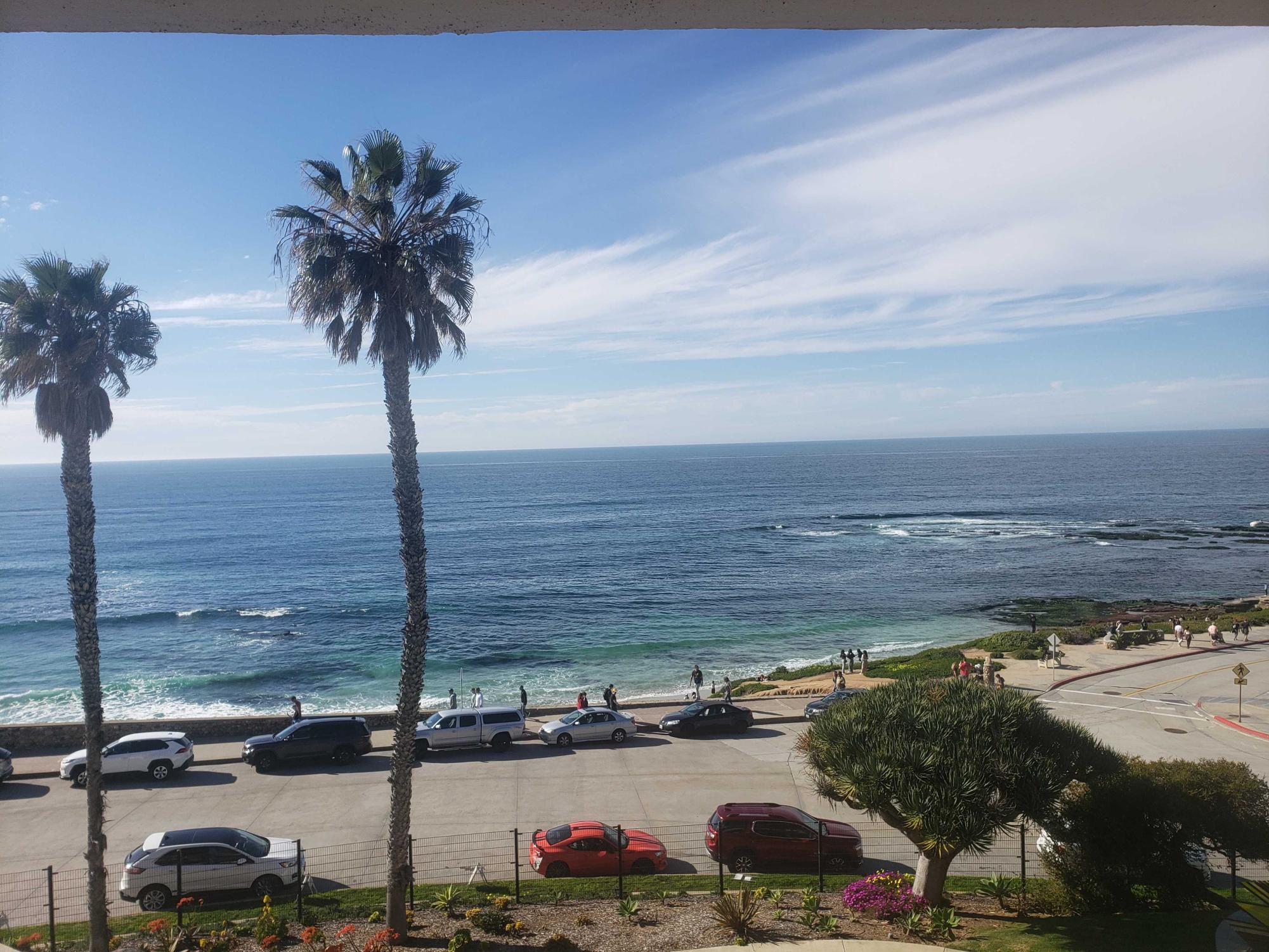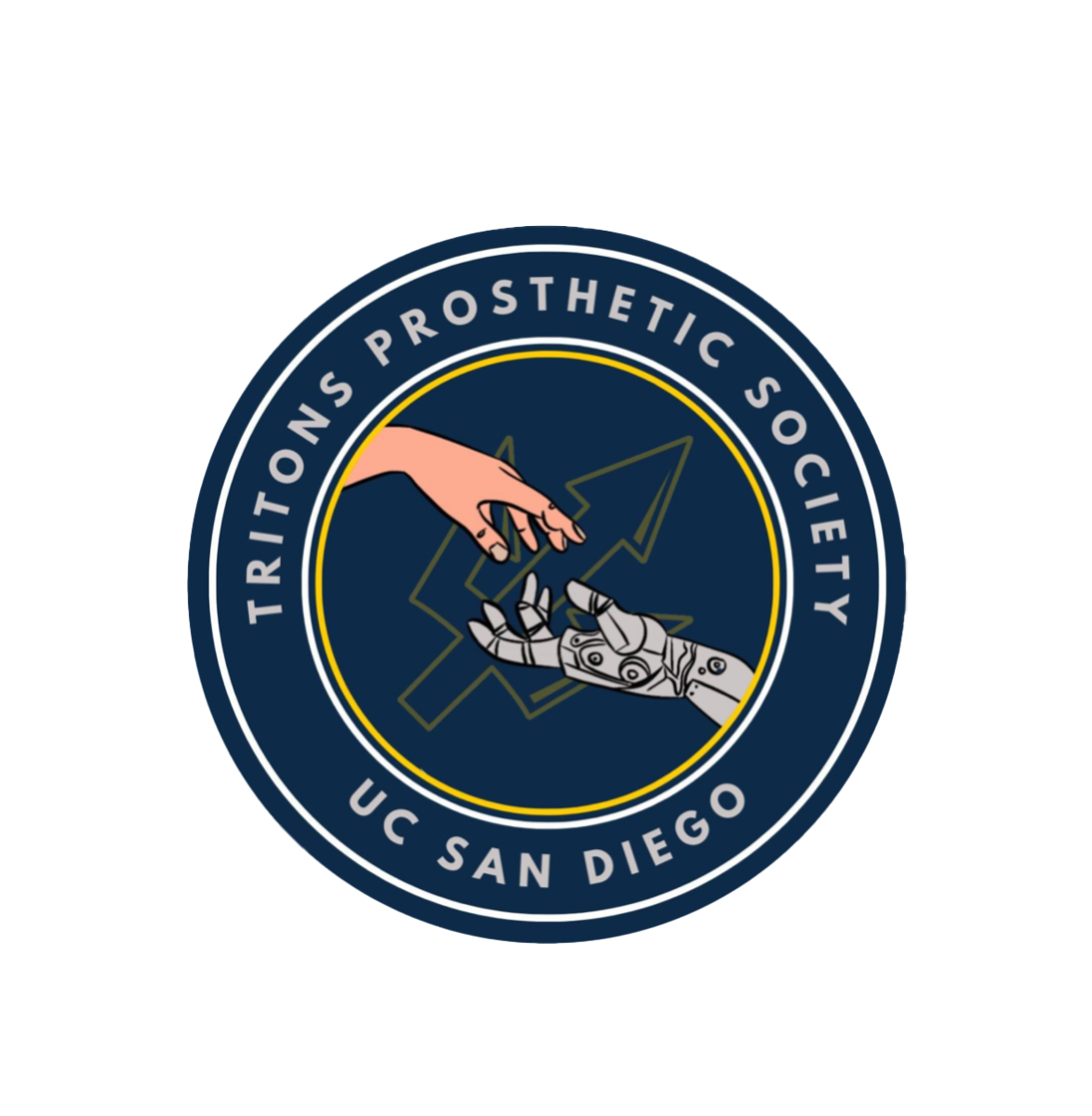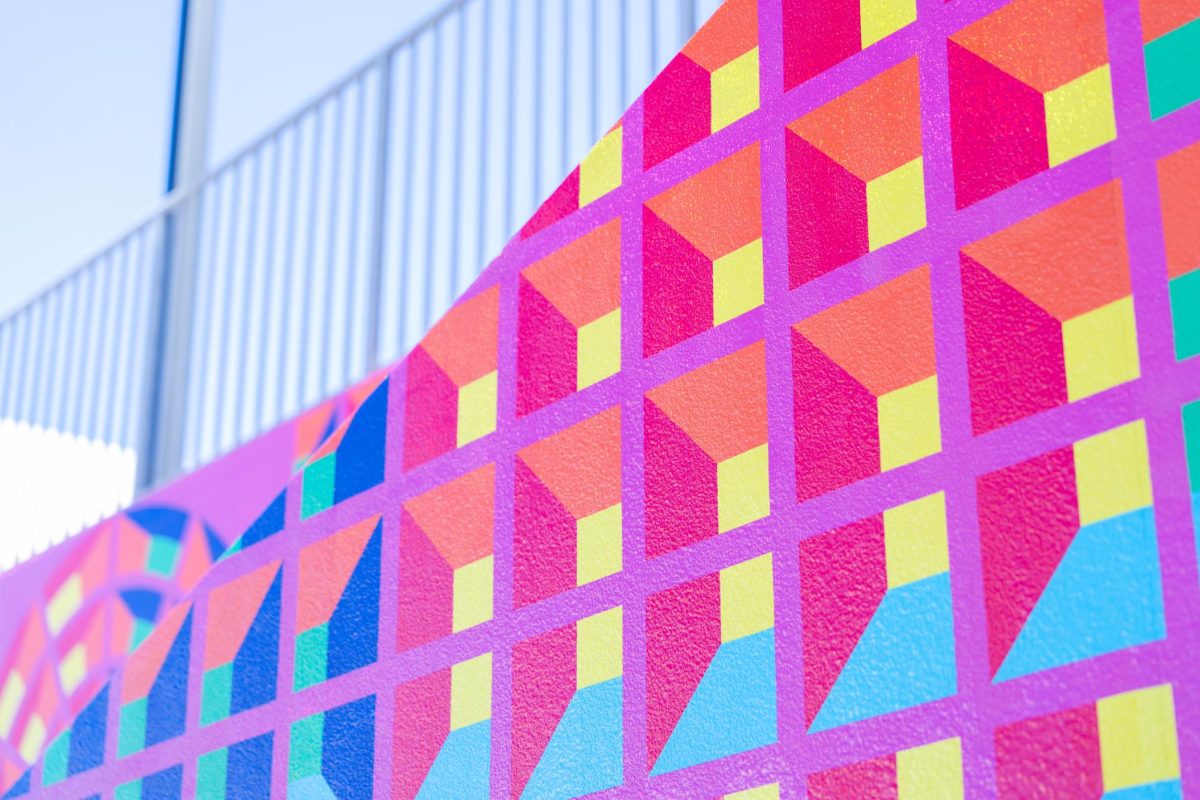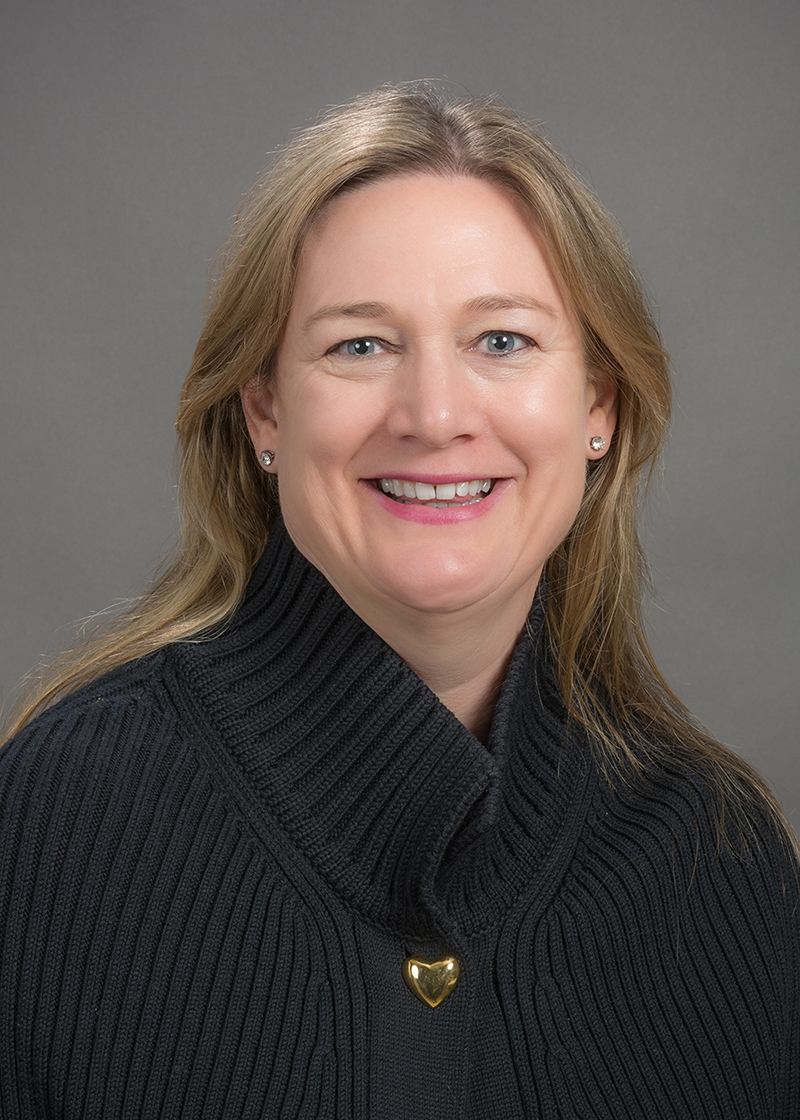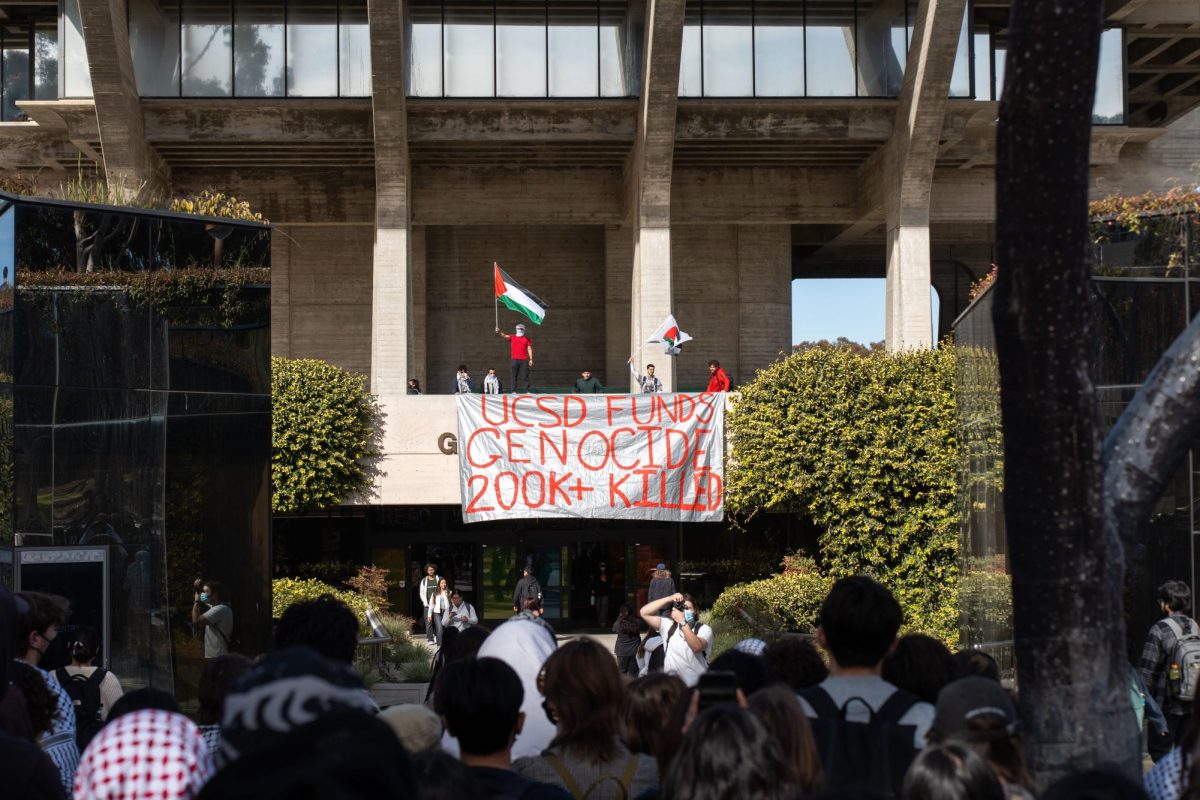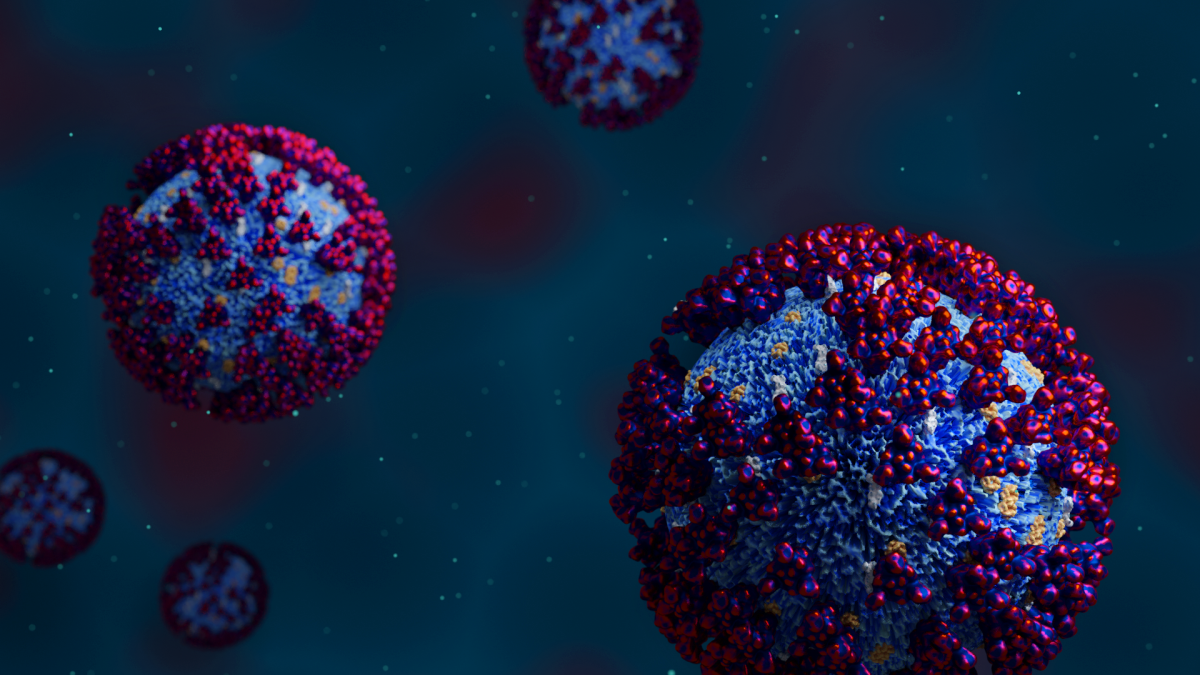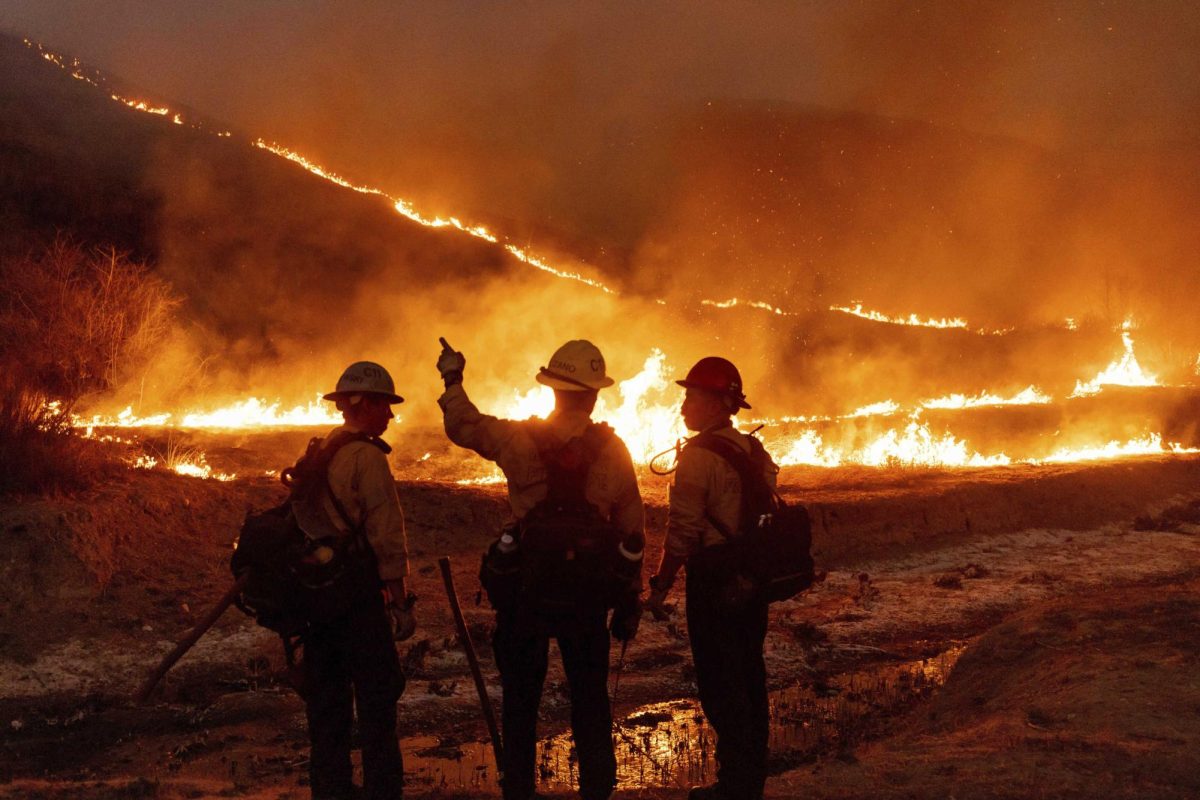When the city of San Diego comes up as a conversation topic around campus, one might typically think of concerts, the party scene, conventions, and maybe even internship opportunities and local government; the art scene doesn’t tend to get a mention. But, in fact, for those artistically inclined, the city is rich with history and opportunities.
On campus alone, there’s the Mandeville Art Gallery, recently reopened and already the winner of awards. There’s also the Museum of Art in Balboa Park, considered the premier art museum in the southwestern United States, as well as the oldest. And those are just the headlines; throughout the city, there are numerous community-based gatherings and exhibitions of art, literature, and poetry. One of the most popular of those is the monthly poetry slam run out of Queen Bee’s Art and Cultural Center in North Park.
When we hear “poetry event,” we might expect something small, maybe a gathering composed mostly of older people. Instead, there was a massive line, as if it were a club downtown. The venue was packed with more than a hundred people who mostly seemed college-age in one too-small concert hall; a couple of UC San Diego sweatshirts were even in attendance a few rows ahead.
In a brief introduction, the host explained that this particular event was a “Womxn’s Night” where only female-identifying people were allowed to go on the mic, and selected random judges from the audience to score each poem. The open mic section lasted for about two hours.
Viewers might be surprised by how personal many of the poems were, particularly to an audience of strangers. One woman gave a nearly five-minute-long poem about her history of sexual abuse as a child and while in the military, while multiple other women touched upon losing their fathers, stories of addiction and rehab, coming out of the closet as lesbian and/or trans, and more. The more intimate poems also tended to get higher scores than the ones that were not, although the highest-ranking ones were mostly ones that were funny, inspirational, or explicit rather than sad.
The winning poem was ultimately in that vein — one titled “Universe You Petty [B—-],” by local artist and motivational speaker Kelsey O. Daniels, who is also Thurgood Marshall College’s current Artist-in-Residence. The poem opened with about 20 seconds of cursing out the universe before then taking a turn into motivational with “the divine heffa in the sky had the nerve to hand me a mirror, and show me how [f——] fine I am,” before devoting the rest of the poem to raunchily describing how she overcame various obstacles and discrimination throughout her life.
UCSD students might be tempered from expecting to get the gold by the fact that the winner, as well as most of the performances that got the highest ratings, appeared to be from local artists, speakers, and others already entrenched in the cultural scene of the city. For any student interested in poetry or the arts, however, attending one of the upcoming events would certainly give them an entertaining and enjoyable night out. The event might also introduce them to a cultural sphere that doesn’t get sufficient attention for its potential to open minds and touch the hearts of anyone willing to see.
Of course, informal community gatherings are not the only way to appreciate San Diego’s historical art culture. For those who enjoy professional art galleries as well as a more avant-garde style, the Museum of Contemporary Art San Diego has a rich history (as well as free admissions for students and adults under 25).
Plaques in front of the building explain that the museum is one of the oldest of its kind still operating in the country, being founded in 1941 from the beachfront home of the famed philanthropist Ellen Scripps. The museum has gone through a great many renovations and name changes throughout its history, before its emergence as a museum cataloging modern and experimental art today.
Although it’s relatively small, the museum spans a surprising number of artistic genres. It features everything from paintings and sets from famous contemporary artists like Andy Warhol and Nancy Buchanan to more niche student-designed pieces.
One exhibit especially relevant to the UCSD community is one featuring work by a former professor at this very campus, Eleanor Antin. A founding faculty member of the visual arts department, several of Antin’s works that touch on the anxieties of 20th-century America are featured in the museum that would be of particular interest to history majors or anyone interested in the intersection between art and history.
One of the two (pictured but not actually held at the museum) is perhaps her best-known piece, “100 Boots,” which was a photographic diary tracking the “journeys” of 100 U.S. Army boots that were mailed to recipients across the world. On one hand, it was a fun, quaint experiment, but also perhaps a commentary on broader fears about the scope of American power that were resonating during the Vietnam War era.
The other piece is much more explicit about its symbolism. With pictures of Antin disguised in heavy costuming and makeup to assume the role of a fictional alter-ego, the piece is part of a larger series of these she called “Selves.” In the one at the museum, “The King,” she is dressed as a bearded man in a cape, the “King” of Solana Beach, California. Meant to embody a broader feeling of impotence people had during the time, the King wants to stop the Vietnam War and the carpet bombing of Cambodia that the U.S. was involved in at the time; but, since he is only royalty of a tiny beach town composed of “retirees and skaters,” he of course is powerless to do anything.
Not all the art, either in the museum or overheard at the poetry slam, was particularly incisive about society or history; many paintings and poems were clearly purely designed to dazzle the eyes or to entertain. In either case, the depth of the art scene in the city of San Diego is worth exploring. While both poetry and art museums can offer aesthetic beauty, they also provide a deeper reflection on life with a closer glance.


